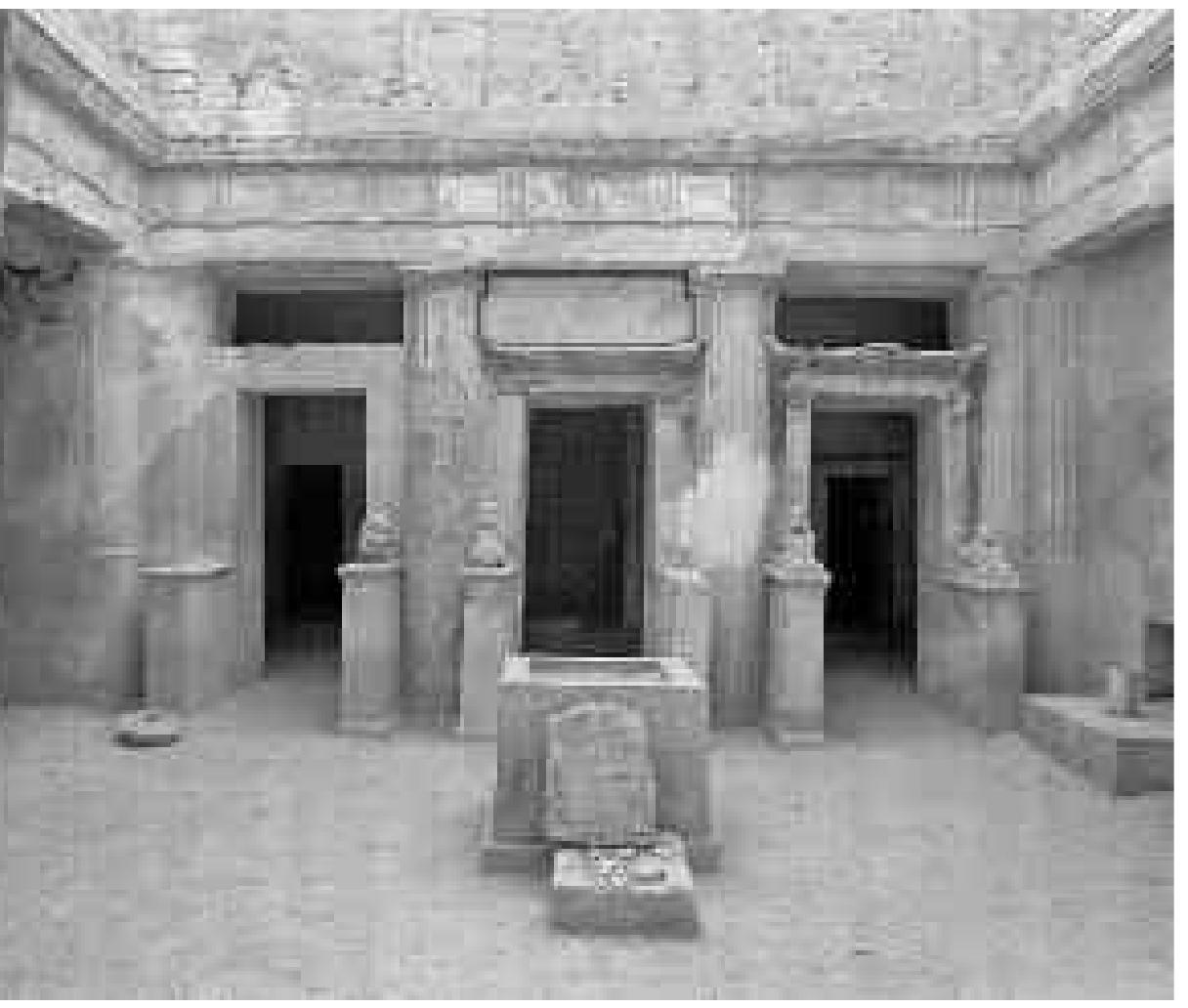In the dry stretches of the Sahara Desert, a significant geological discovery once captivated the world—a large piece of Mars, blasted off the Red Planet’s surface by a forceful cosmic event and ultimately arriving on Earth. Heavier than the majority of meteorites and possessing immense scientific worth, the piece was celebrated as the biggest Martian rock ever found on our planet. Its path from an isolated area in Niger to the global market, however, is currently under a prominent investigation.
Niger’s government has opened a formal probe into the $5 million sale of this exceptional meteorite, raising questions about ownership rights, export procedures, and the ethical responsibilities surrounding the trade of extraterrestrial material. For a nation that is both geologically rich and economically challenged, the case touches on sensitive issues of national heritage, resource management, and the growing international market for rare cosmic relics.
The rock, officially classified as a Martian meteorite based on its chemical composition and isotopic signatures, is believed to have arrived on Earth thousands—if not millions—of years ago. It was discovered in a sparsely inhabited region of Niger, where meteorite hunters, local nomads, and international collectors sometimes cross paths in pursuit of valuable space rocks. Such meteorites can fetch enormous sums on the private market, with prices influenced by size, rarity, scientific importance, and aesthetic appeal.
Based on various accounts, the transaction being discussed involved an individual purchasing the item for $5 million, which is an unmatched amount in the trade of meteorites. Although the purchaser’s identity is undisclosed, this sale has surfaced several issues in Niger regarding the legality of the rock’s export, the dealer’s authorization to sell it, and if such an object ought to be considered private property or part of the nation’s cultural and scientific heritage.
Meteorites, although they are not traditional mineral assets, fall into a legal gray area. Certain countries have clear regulations for their gathering and export, considering them national treasures meant for museums or research centers. Alternatively, some countries allow individuals to own them if discovered on their property. In Niger, while there are laws to safeguard natural heritage, enforcement has often been irregular, particularly in distant desert areas where governmental influence is limited.
The current investigation seeks to determine the exact chain of custody of the Martian rock—from the moment it was discovered in Niger’s territory to its eventual sale abroad. Authorities are examining whether export permits were granted, whether the rock was smuggled out without proper documentation, and whether intermediaries exploited legal loopholes to move it into the lucrative international meteorite trade.
This scrutiny comes amid broader debates about the ethics of commodifying objects with immense scientific value. Researchers stress that meteorites—especially those from Mars—are more than just collector’s items. They hold irreplaceable data about planetary history, geological processes, and the potential for ancient life beyond Earth. When such specimens enter private collections, access for scientific study can become limited, potentially delaying or obstructing discoveries that could benefit humanity as a whole.
For Niger, the issue is also one of national pride and sovereignty. In recent years, the country has faced challenges over the exploitation of its mineral wealth, from uranium to gold. The loss of a rare extraterrestrial treasure without adequate compensation or oversight has fueled public calls for stronger protections over the nation’s natural and scientific assets. Some voices within Niger’s academic community are urging the government to establish a formal meteorite registry, invest in training for local geologists, and create agreements with international researchers to ensure future finds remain accessible for study.
The $5 million figure attached to this sale has only heightened tensions. While meteorite enthusiasts view such prices as reflective of market demand, critics see them as evidence of an unregulated trade that allows a few individuals to profit enormously from resources that arguably belong to all. The global meteorite market, with auctions held in Europe, the United States, and the Middle East, is often shrouded in secrecy, with many sales conducted privately between collectors.
Curiously, the interest in Martian meteorites goes beyond pure scientific interest. Their appeal is strongly linked to the enduring human intrigue with Mars—a planet that has fueled numerous myths, books, and space missions over time. Acquiring a piece of Mars is more than just owning something rare; it is about having a physical link to another celestial body, a part of the universe’s history that existed before humans. This combination of romantic allure, scientific interest, and exclusivity motivates collectors to spend significant amounts, adding complexity to the ethical and legal discussions.
Following the continuing inquiry, various global entities have shown curiosity in obtaining the rock for exhibition to the public, if Niger retrieves it. Museums focusing on planetary sciences contend that the piece should reside in a setting where both scientists and the public can examine and admire it, rather than being kept in private possession. Some propose that even if the rock stays with a private owner, arrangements might be reached to loan it occasionally to scholars or for public displays.
The case has also prompted discussions about the need for stronger global governance over meteorite trade, similar to conventions that protect cultural artifacts and endangered species. Advocates of such regulations argue that meteorites—especially those of exceptional scientific importance—should be recognized as part of humanity’s shared heritage, with clear guidelines on how they can be sold, studied, and displayed. Opponents counter that excessive regulation could stifle discovery, discourage private investment, and push the trade further into the black market.
In the meantime, the investigation in Niger continues, with authorities reportedly tracking down witnesses, reviewing export records, and consulting international experts. While the outcome is uncertain, the case has already served as a stark reminder that space rocks are more than just curiosities. They are pieces of other worlds, carrying within them the secrets of the solar system’s past—and perhaps clues to life’s origins.
Whether the $5 million rock from Mars will be given back to Niger, stay with private owners, or be housed in a public institution is yet to be determined. What is evident, however, is that its path from Mars to the Sahara desert and into the midst of a legal and ethical discussion highlights a universal truth: Earth isn’t the only planet with a tale to unfold, and the pieces that descend here contribute to a larger story—one shared by everyone.



